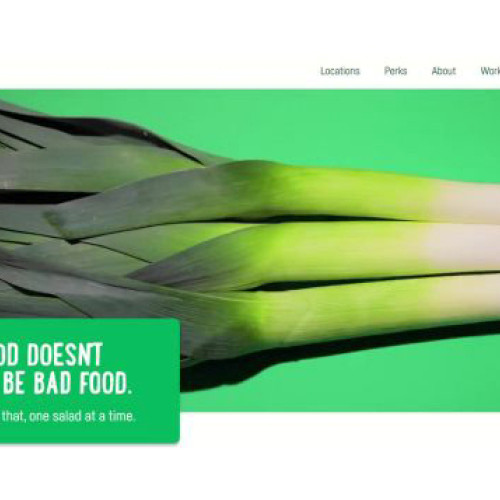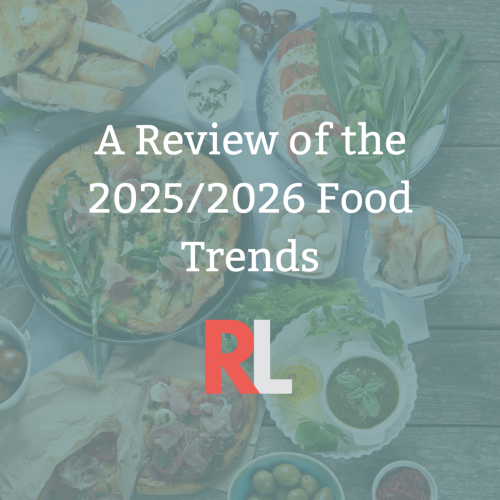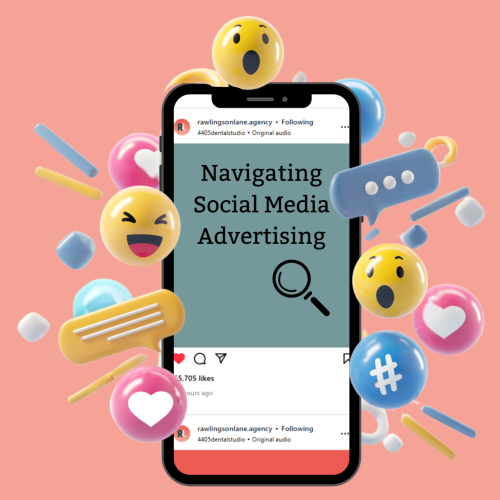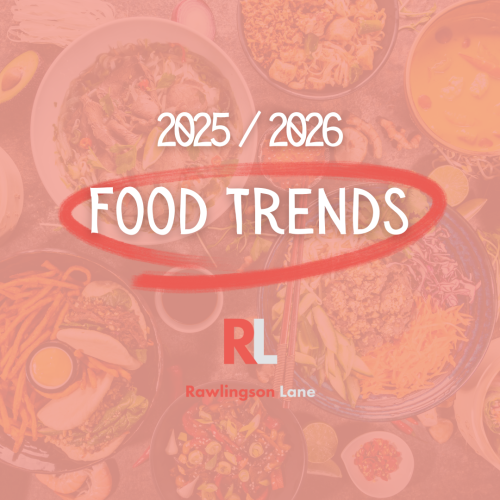Email Marketing: A Rebirth
The explosion of social media has become key to many brands’ communication campaigns in order to connect and build relationships with their audience almost instantly. Although anyone can post on social media at the touch of a button, creating effective content is no easy win. Each platform has its own unique culture and audience which requires different approaches. With social media taking such a focus on digital communication, it’s easy to forget about the power of our old friend, email marketing, which is unique and valuable in its own right. Email marketing has taken a back seat for some brands because of the struggle to create inspiring and creative content, but whilst email marketing should not be neglected, there are key things to remember when creating a successful campaign.
1. Content is King
While email campaigns are a great way to keep your customers up-to-date, it is very easy to get carried away with including too much content which can become lost on the reader and have the opposite effect of what is desired. When planning your content, ensure there is a specific need and defined aim of the communication and think about what will be of interest to their specific needs and preferences. Likewise, if your customers have subscribed for a specific reason, it is important to follow through with this. As well as not going overboard on the content, include a clear call to action (and just the one!) that isn’t too sales heavy. As a rule of thumb, we tend to create content that is 90% informative and 10% promotional.
2. Look the part
When creating your campaign, it’s important to develop a consistent brand, suitable tone of voice and design that will run throughout each one. The design should be an extension of your brand identity, so that subscribers can instantly make that link when receiving your communications. It is certainly a challenge to stand out when the average person is receiving hundreds of emails a day, therefore your newsletter needs to be attractive and compelling and have the right balance of text and images to engage readers (and to avoid spam filters!). It can be great to think outside the box and be creative with the design but also be wary of the limitations of the format and ensure you’re designing with these in mind (for instance,ensuring you add alt text to your images to ensure readers who disable images in emails still understand what is being communicated).
3. Timing is everything
Timing is a lot more important than many might think. It is something that is simple to achieve but can have a serious impact on the success of your campaign. If the communication is regular, your campaigns should be scheduled carefully so that your subscribers know when to expect the email. It is also important to consider what timing is the most suitable for your particular target audience. Although it is so easy for consumers to check their emails regularly, there are certain windows that might be more key. This is even more relevant when you’re targeting a foodservice audience because these timings can differ drastically. A school caterer is more likely to check their emails in the afternoon once their morning prep and lunchtime rush if over, whilst a chef might be more likely to browse emails in the morning before their day gets started and late at night
Things to remember:
You could send out the most amazing campaign but if you are unable to measure and analyse the results, there is no way to see how successful it has really been. Monitoring the delivery rates, open rates and click-throughs is the best way to do this and will give you a clear idea as to what content is working and what isn’t.
It can be easy to forget about the importance of subject lines but this is what initially draws the reader in. Your subject line will have the biggest impact on your campaign and is what gets the subscriber to click ‘open’, so don’t forget about it! It should be fairly short, snappy and informative, needs to catch the reader’s attention, be relevant to the user and describe what the reader can expect when opening the entire email.
For a more personal approach use a person’s name to send an email campaign, rather than using your company name.
Test, test, test! There is nothing worse than sending out a campaign to hundreds of contacts and spotting a typo or realising the design doesn’t look quite right in a certain email client. Not only is it frustrating but it can also be damaging to your brand. This can be easily avoided by carrying out test sends beforehand.
Since the introduction of GDPR, it’s more important than ever to include an unsubscribe link within your email. This is often automatically added depending on the system you use, but sometimes you may need to add one manually.
Make sure to generate a plain text version of your email. Not only will this ensure readability on older clients or for those with restrictive settings activated, but it will also enable those with accessibility requirements to digest your content easily.












